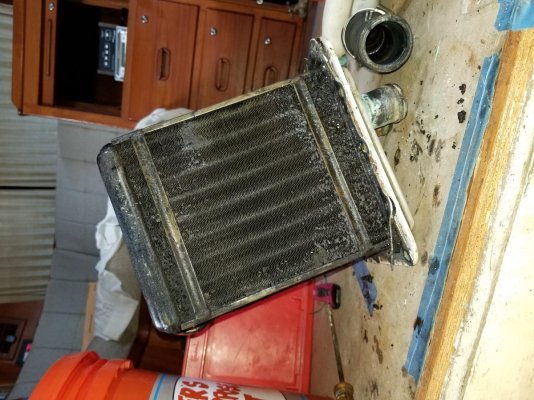Pat T
Senior Member
- Joined
- Sep 6, 2019
- Messages
- 215
- Location
- United States
- Vessel Name
- Moondance
- Vessel Make
- Grand Banks CL 42
Looking seriously at GB42 with CAT 3208 (435HP). Engines are rebuilt and have low hours. Original stb engine went bad due to aftercooler issue - water into the engine -don't have the exact story but I sure don't want to have the same issue. PO decided to replace port engine at the same time. This was BIG BIG $$ and I saw the invoices. So I know you have to keep up with scheduled maintenance and oil analysis but what else do you/can you do to prevent this type of catastrophic failure? Are there any type of gauges one might install?



